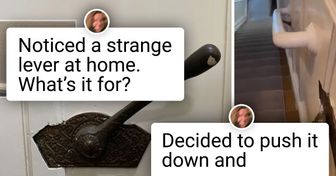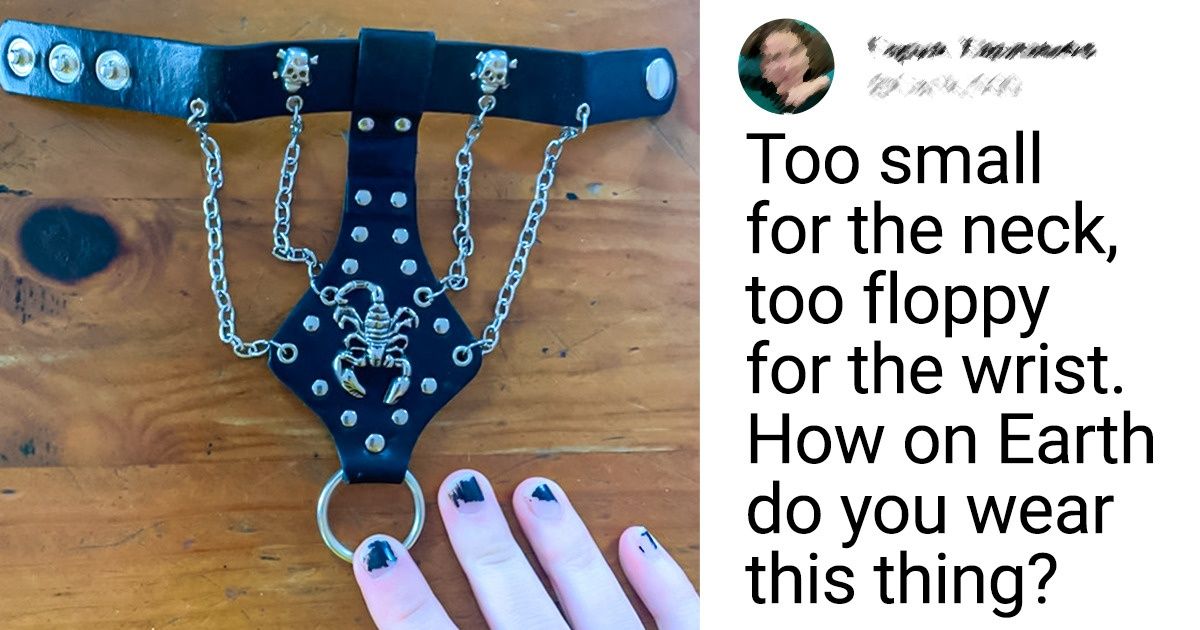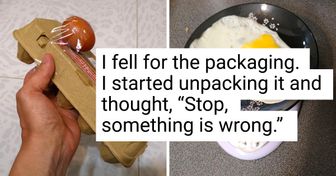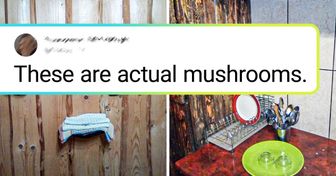15 Household Items From the Past That We Had No Idea How to Use


You found a mysterious-looking old artifact at home and you’ve got absolutely no idea what it’s used for — an ancient container or something looking like an alien life form in your milk. Good thing there are a lot of intelligent individuals on the internet that could help in such bizarre cases.
Today at Bright Side, we want to show you 15 cases in which people were bewildered by strange items, but the internet helped them solve the case.
Answer: The strap goes around the wrist, and the ring goes on the middle finger. The style goes by the “Hath Panja bracelet,” the “belly dancer bracelet,” “harem bracelet,” and “hand flower”. It doesn’t have a specific origin since it gets re-used all throughout history and re-emerges in popularity with different names.
Answer: It’s a pill for ruminant animals. It helps kill parasites, the big one being barber pole worms.
Answer: It’s a duck hunting blind.
Answer: This is very common in Germany. We call it “Wechselbad”. You’re supposed to keep your feet in the warm water first and then quickly put them in the cold water (repeat a few times). This is supposed to help with circulation, although I’m not sure if there’s actually scientific evidence for that.
We usually have these in spas and other wellness or health-related facilities.
Answer: There’s a lot of cannonballs in the bottom of the ocean around the Caribbeans. They’ve been known to wash up on beaches from North America to South America. I have a friend that found one on a beach in South Carolina.
Answer: A phone table with storage space for the phone book.
Answer: Snuff container. This is really established in the Mongol culture. My parents told me that it’s used because the winters are so cold and when you enter someone’s house it is a way to clear your nose.
Answer: Fire beaters. Used to extinguish small fires.
Answer: They’re grain stores called “hórreos.” A vast majority of them are located in “Galicia” and “Asturias” the northwest of Spain. But there are differences between them. A common “hórreo” in Asturias used to be square, while those in Galicia are rectangular.
Answer: So it can fold around the corner when it’s open, and not stick out into the room.
Answer: They are for flower decoration. One singular flower goes in the tube. There is probably a stand for them somewhere around, but some people like to stick them in foam together with other decorations, or in pieces of driftwood with holes drilled into them, or even into other flowerpots.
I saw very similar ones in the Bodenmais Glasmanufaktur.
Answer: It’s a hairpin or a clothespin/brooch. If it’s something 2000 years old, you need to see a professional at a museum/institute of archaeology to get it evaluated and then get it insured.
Answer: Someone is in trouble. This is a resin commonly used in machine work, especially as glue, to help hold machine parts together. As for side effects, you should be fine. It’s mostly just plastic.
Answer: Got it open!! It’s a lighter.
Answer: Stingray teeth. Stingrays eat crabs and shellfish! These flat teeth are used for crushing their shells and grinding them up.
Have you ever encountered an item that you were super puzzled by? How did you crack the case?
Got some cool photos or stories and want to be featured on Bright Side? Send them all right HERE and right now. Meanwhile, we’re waiting!











